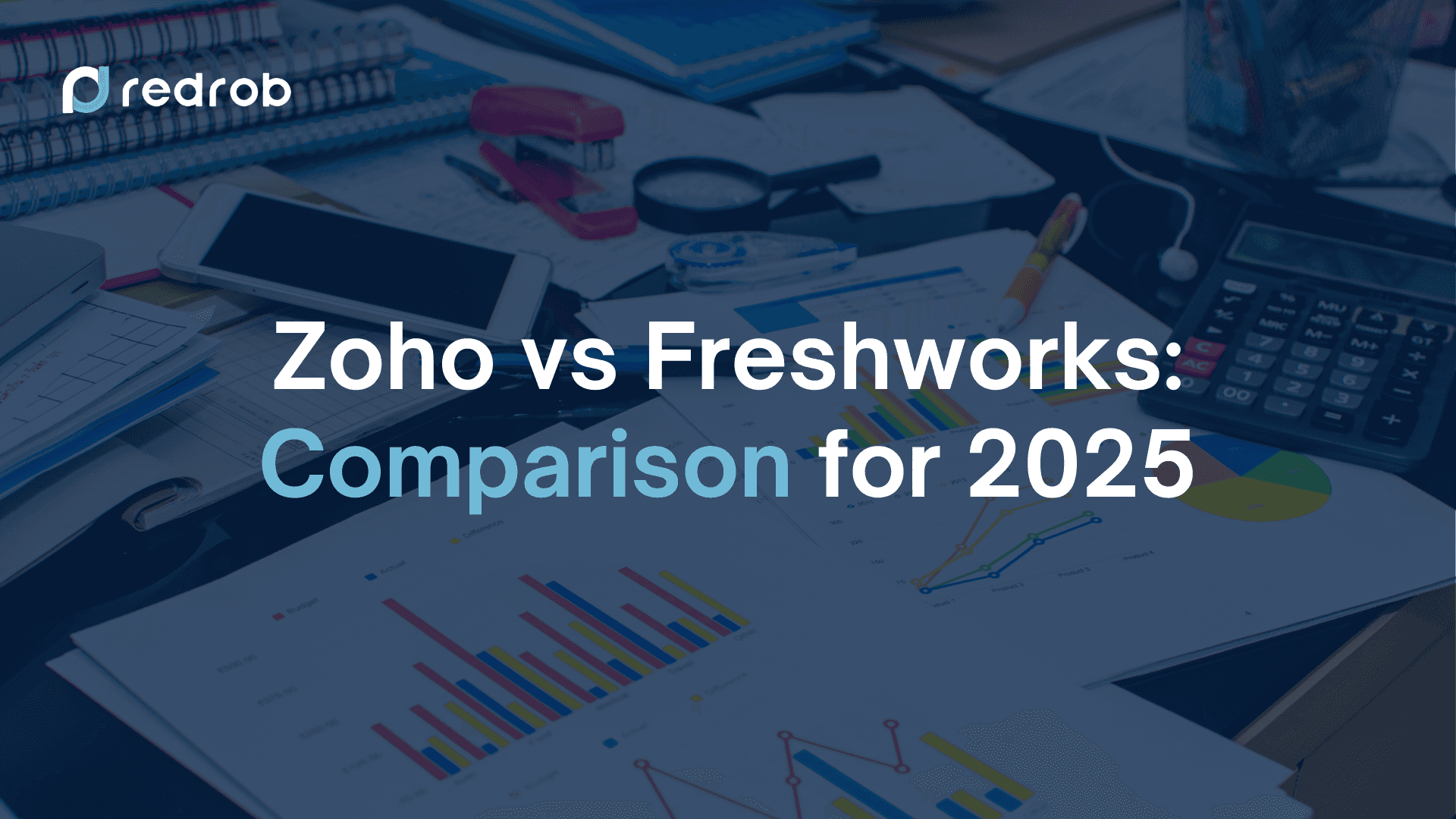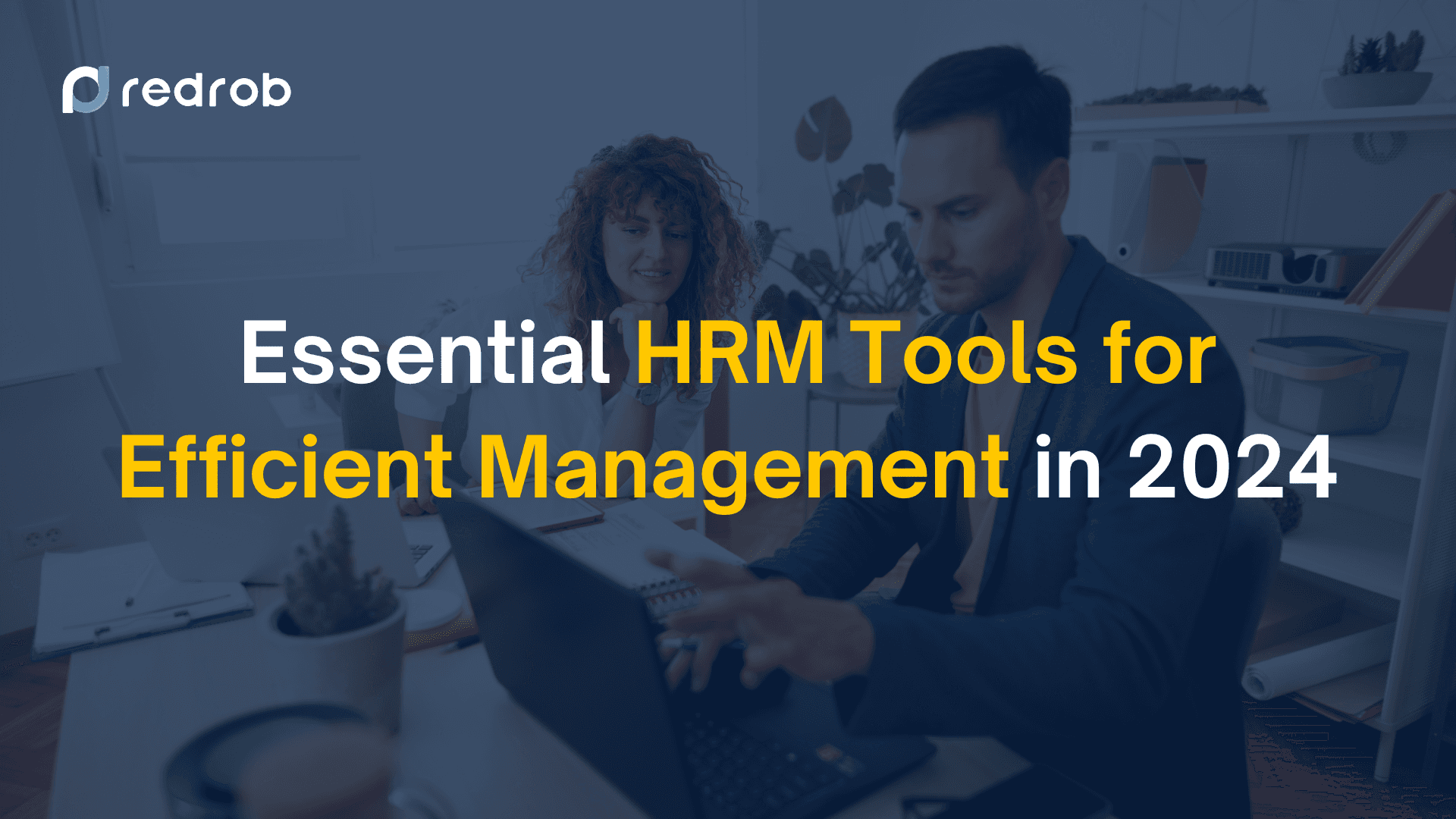Recruiting Automation
8 mins read
•
Sep 18, 2024

Soumyata Singh
If you are an HR professional with several years of experience, you might know what a normal day at work looked like a few years back. Probably - loads of paperwork, or multiple excel sheets, the same old cycle of reaching out to hundreds of candidates, interviewing each one of them. However, you hardly find reliable candidates to hire.
If you have ever wished that someone could do the administrative tasks for you, let us tell you recruitment automation can do more than what you expect. We discuss the uses of recruitment automation in the hiring process and why you should consider it a resource in this blog.
Did you know? Finding a candidate who’s a perfect fit for a specific role can take an average of 32 to 68 days. Remember you not only give away time but also a lot of money. Therefore, keep reading further to explore how automation can benefit the recruitment process for you.
Recruiting Automation And Its 7 Major Uses
Recruiting automation uses technology to streamline hiring processes. It saves time and reduces manual work. You can automate tasks like screening resumes, sending emails, and scheduling interviews. This gives you more time for personal interaction with candidates and employees. For example, an automated system can quickly sift through applications and bring your focus to the best candidates faster.
Here are some of the major uses of recruiting automation in the hiring process:
1. Applicant Tracking
When there are thousands of potential applicants, tracking them effectively is crucial. Recruiting automation enhances applicant tracking, making the process simple and more systematic.
Pipeline Visibility and Tracking Candidate's Journey
With recruiting automation, you can see the status of each candidate in the hiring pipeline. This gives you full visibility into their progress. It also helps you track every interaction with them, from application to offer. This level of insight keeps everyone informed and reduces confusion.
Redrob offers one the best ATS for tracking candidates’ journey within the recruitment pipeline. To reduce your candidate screening time by 60%, explore our solutions and services.
Synchronizing Emails and Calendars
Automating emails and calendar syncs ensures that you stay organized. Recruiting automation tools send out interview invitations and updates without manual effort. Thus, these tools keep everyone on the same page and avoid scheduling conflicts. It also eliminates unnecessary back-and-forth communication.
Organizing Candidates and Collaboration
Automation tools let you organize candidate information in one place. You can easily collaborate with your hiring team by sharing candidate profiles and notes. This promotes better decision-making and keeps the hiring process moving quickly. Tools like Trello or Slack can integrate with many recruiting systems to improve team communication.
Sourcing Extensions and Email Automation
Sourcing extensions, like LinkedIn Recruiter, help you find candidates quickly. With email automation, you can send personalized messages to candidates at scale. This saves time and ensures that your outreach remains consistent. Automated follow-ups also keep your candidates engaged throughout the hiring process.
Third-Party Integrations
Many recruiting automation platforms support third-party integrations. These integrations allow you to connect Applicant Tracking Systems (ATS) with other HR tools. For example, you can integrate with tools for background checks, video interviews, and skills assessments. This streamlines the entire process and reduces manual data entry.
Recruiting automation not only saves time but also keeps your process efficient. Next, let’s explore how it makes sourcing easier and supports better candidate engagement.
2. Candidate Sourcing & Engagement
Recruiting automation helps you find and connect with the right candidates faster. It simplifies the way you identify, analyze, and engage potential hires.
Identifying and Engaging Passive Candidates
Recruiting automation tools allow you to identify passive candidates who aren’t actively applying. You can target these candidates by analyzing their profiles on platforms like LinkedIn. Automation makes it easy to engage them through personalized emails or messages, increasing your chances of grabbing their attention.
Aggregating and Analyzing Candidate Skills and Experience
Automation systems can pull candidate data from multiple sources. These systems analyze their skills and experience to match them with relevant roles. With this data-driven approach you can make informed hiring decisions and avoid unnecessary manual work. For example, tools like Hiretual aggregate candidate profiles and highlight primary qualifications.
You can filter candidate profiles based on required experience and skills. Learn how you can save time in shortlisting candidates with Redrob. Get to know us.
Automated Candidate Outreach and Follow-up
The right tools enable automated outreach and follow-ups with candidates. You can set up email sequences to send messages at regular intervals. This helps you ensure that no candidate falls through the cracks. It also maintains engagement throughout the process without requiring you to personally DM each candidate.
Matching Candidates to Job Opportunities
Recruiting automation platforms use algorithms to match candidates with open positions. These tools scan candidate profiles and compare them to job descriptions. This increases the chances of finding the best fit for each role. Systems like Greenhouse and SmartRecruiters excel at this, streamlining your candidate-matching process.
While you can establish better connections with candidates and make data-based decisions for their profiles, let’s see how automation transforms interviews.
3. Interview Scheduling

Recruiting automation streamlines the interview scheduling process, helping you manage candidates with ease. It reduces the workload and ensures a smoother experience for everyone involved.
Partial or Complete Automation of Interview Scheduling
You can automate interview scheduling either partially or completely. There’s no need for manually coordinating, candidates can select available time slots on their own. This way you can save your time while minimizing scheduling mistakes, ensuring a more efficient process.
Handling Various Interview Formats
Whether it’s a one-on-one, panel, or group interview, recruiting automation can handle the logistics. These tools make sure all participants are aligned on timing, sending out reminders as needed. The entire process runs without unnecessary back-and-forth.
Automated Rescheduling for Conflicts
When conflicts arise, automated rescheduling comes in handy. Recruiting automation tools can quickly suggest new times, reducing the need for manual intervention. This keeps the interview process on track without causing delays or confusion.
AI Scheduling Tools Integration with Calendar Systems
AI-powered scheduling tools can integrate directly with systems like Google Calendar or Outlook. This ensures that interviews are synced perfectly with everyone’s schedule. Tools like Calendly or GoodTime automate the process, eliminating scheduling errors entirely.
By automating interview scheduling, you can reduce your workload, save time and ensure seamlessness. Let’s now shift focus to how automation improves candidate screening and experience.
4. Candidate Screening & Experience
Automation tools enhance candidate screening and improve overall engagement. They simplify how you interact with candidates, assess them, and make decisions.
Automating Pre-Screening Questionnaires and Assessments
Recruiting automation tools allow you to automate pre-screening questionnaires and assessments. These tools screen candidates based on your set criteria, filtering out unqualified applicants early. This saves you time while ensuring you only move forward with the best candidates.
AI Chatbots for Candidate Engagement
AI chatbots help keep candidates engaged throughout the process. These chatbots can answer basic questions and guide candidates through their application. With recruiting automation, chatbots provide instant responses, making candidates feel supported without requiring your constant attention.
Automated Candidate Status Updates
Manually updating candidates about their status can be tedious. Recruiting automation solves this by sending automated updates, keeping candidates informed at every step. This keeps communication transparent and reduces the need for follow-up inquiries from candidates.
Streamlined and Consistent Interface for Candidate Interactions
Recruiting automation tools provide a consistent interface for all candidate interactions. Whether it’s through email, chat, or portal updates, candidates receive a uniform experience. This consistency helps build trust and improves the candidate's overall impression of your company.
With recruiting automation, you can make the candidate screening process smoother and more engaging. In the next section, know more about how these tools can assist with skills assessment in the hiring process.
5. Skills Assessment
Recruiting automation simplifies candidate skills assessment. By using automated tests and questionnaires, you can evaluate skills without manual effort. Let’s explore how it works and how it benefits your hiring process.
Automated Assessment of Skills Through Tests and Questionnaires
With the help of automation, you can assess candidates using online tests and questionnaires. The right tools measure technical skills, problem-solving abilities, and more. You can review results instantly, saving time and improving accuracy. It’s easier to avoid subjective reviews, focusing instead on data-backed evaluations.
Examples of Skill Assessment Platforms
Several platforms offer automated skill assessments. Some popular options include:
Redrob: Offers 3500+ skill assessment tests for IT job roles and others.
Vervoe: Tailored assessments to test skills related to specific job roles.
Imocha: Offers a wide variety of skill-based assessments across multiple industries.
Test Gorilla: Focuses on cognitive ability and situational judgment alongside technical skills.
Codesignal: Ideal for coding and programming assessments.
Codility: Specializes in technical and coding tests for developers.
Redrob offers 3500+ customizable skill assessment tests for IT professionals and other role-specific skills. Book a Demo to see how it can make things better for your recruitment process.
Each platform integrates with recruiting automation tools, allowing seamless candidate evaluation.
Integration with Applicant Tracking Systems
Platforms like Vervoe and Codility easily integrate with Applicant Tracking Systems (ATS). This integration allows you to manage candidates and view assessment results in one place. With recruiting automation, you can track the entire hiring process more efficiently, ensuring nothing falls through the cracks.
Prioritizing Candidate Interviews Based on Assessment Scores
After completing assessments, recruiting automation tools rank candidates based on their scores. You can prioritize interviews with top performers, streamlining the interview process. This helps ensure that the best candidates move forward faster, improving the quality of your hires.
While background screening and verification is also important, let’s see how automation tools help with that.
6. Background Screening
Background screening is a crucial step in the hiring process. With recruiting automation, you can verify candidate details quickly and accurately. Let’s look at how automated background checks enhance your recruitment workflow.
Automated Verification of Candidate Details
Automated tools verify candidate information for you. You can confirm education, work history, and professional licenses with just a few clicks. Automated systems speed up the process, ensuring all the details are accurate and up-to-date.
Conducting Background, Criminal Record, and Financial Checks
Recruitment automation also helps conduct thorough background checks. These include criminal records, financial history, and other legal verifications. Many automated systems partner with trusted agencies to pull this data in real time. For example, an automated tool can instantly run a criminal record check, reducing the risk of hiring unqualified candidates. This ensures you stay compliant with industry regulations with no extra effort.
Ensuring Candidates Meet Eligibility and Communication Standards
By using various automation tools, you can easily check if candidates meet legal and communication standards. This way you can see that only eligible applicants proceed in the hiring process. You can also verify language skills and certifications automatically, preventing future issues.
Automating recruiting tasks also helps you nurture relationships with the candidates. How? Read in the next section.
7. Candidate Nurturing
Recruiting automation plays an important role in nurturing candidates throughout the hiring process. By automating communication and engagement, you can keep candidates interested and informed. Here's how automation improves candidate nurturing.
Automated Tracking and Engagement Email Sequences
Recruiting automation tools help you track candidate interactions and send follow-up emails. Automated email sequences keep candidates engaged without extra manual work. For example, you can schedule regular updates or reminders for upcoming steps. This way, candidates stay informed and feel valued.
Maintaining Ongoing Relationships with Candidates
Maintaining relationships with candidates is easier through recruiting automation. You can stay connected with potential hires, even after the hiring process. Automated emails or personalized messages keep candidates warm, ensuring they remain interested in future roles.
Keeping Candidates Engaged Through Personalized Campaigns
Personalized campaigns make candidates feel more connected to your company. Recruiting automation allows you to send tailored emails based on the candidate’s interests and job status. Personalized outreach improves response rates and candidate experience.
Using Data to Inform Candidate Interactions and Decisions
Recruiting automation helps you use data to make informed decisions. You can track engagement metrics like email opens or website visits. This data lets you learn how you interact with each candidate, ensuring relevant and timely communication. For instance, if a candidate shows interest in a particular role, you can prioritize their engagement.
Conclusion
Automating recruitment workflows offers numerous benefits for both recruiters and candidates. It streamlines tasks, making hiring more efficient and effective.
You can improve efficiency by using recruiting automation for repetitive tasks like scheduling and assessments. This not only saves valuable time but also reduces manual errors. For instance, automating candidate screening can cut down hiring time by up to 60%.
By automating routine tasks, you can focus on more meaningful activities, such as building relationships and strategic planning. This shift not only improves your recruiting process but also helps you make better hiring decisions.
We hope this blog gives you enough details about how automation makes hiring better and why you should consider it for your workflows as well.
Automate, Assess, and Hire the Best With Redrob
Get access to one of India’s best next generation hiring platforms. Reedrob provides you with all necessary recruitment tools and solutions to meet modern day hiring expectations.
Why do you need our solutions ?
Hire Faster
Reduce Cost by 88%
Automate Recruitment Process
Make Data-driven Decisions
Get your hands on the most lucrative plans, Start Your FREE Trial Now!



